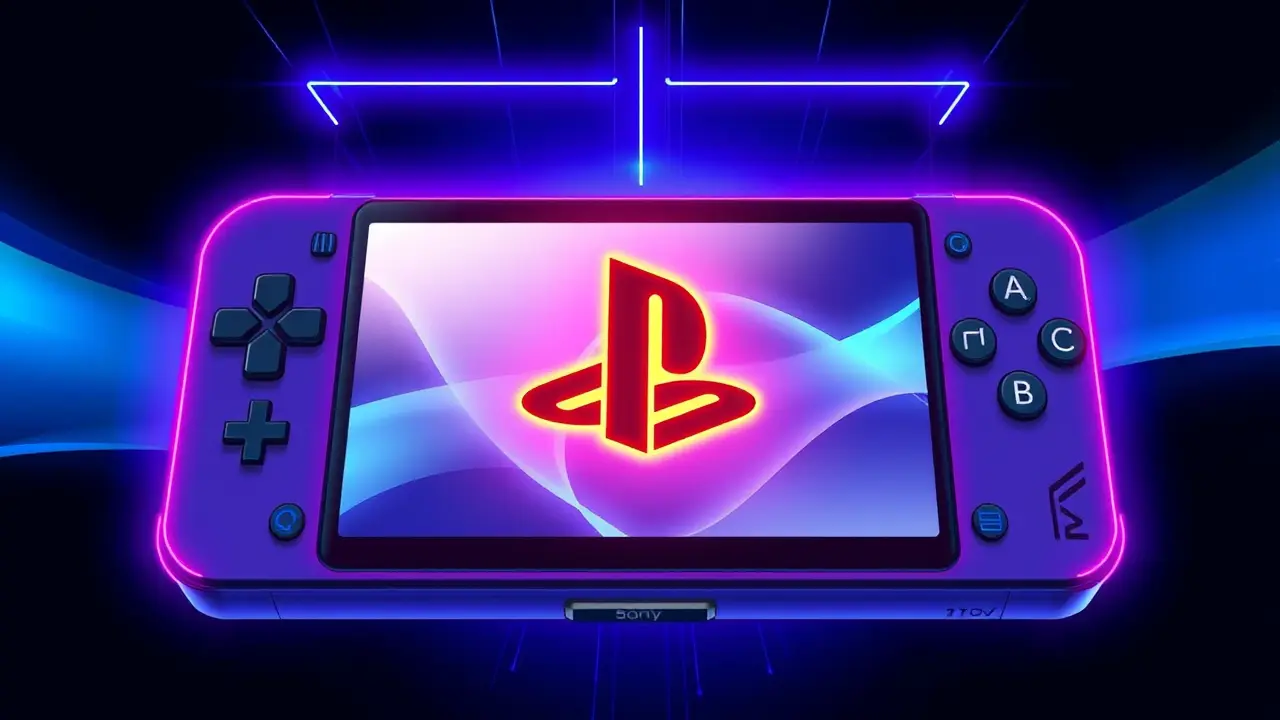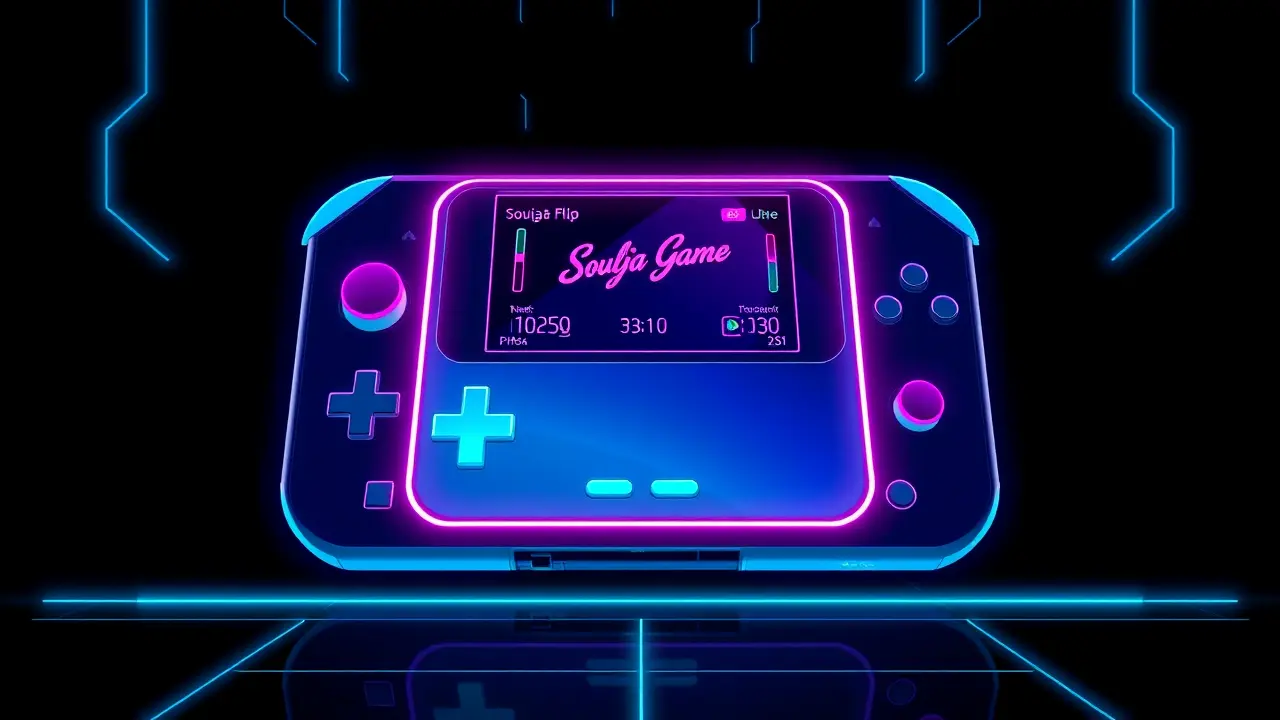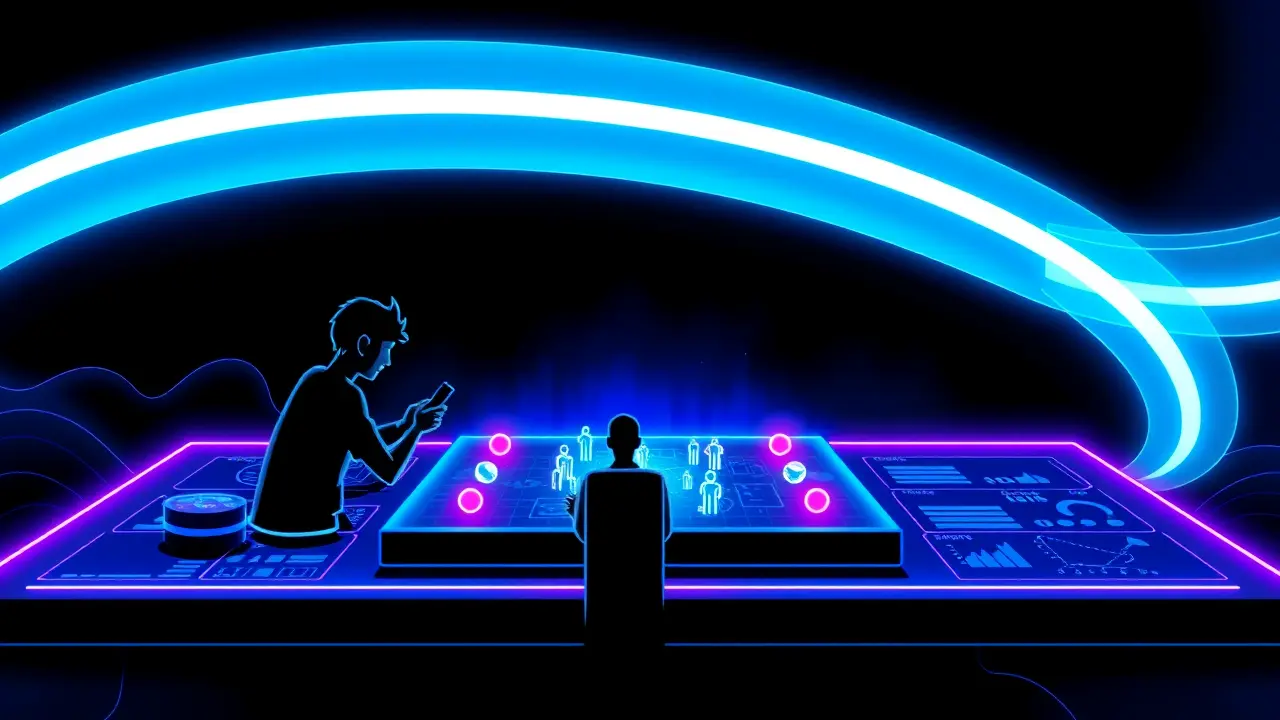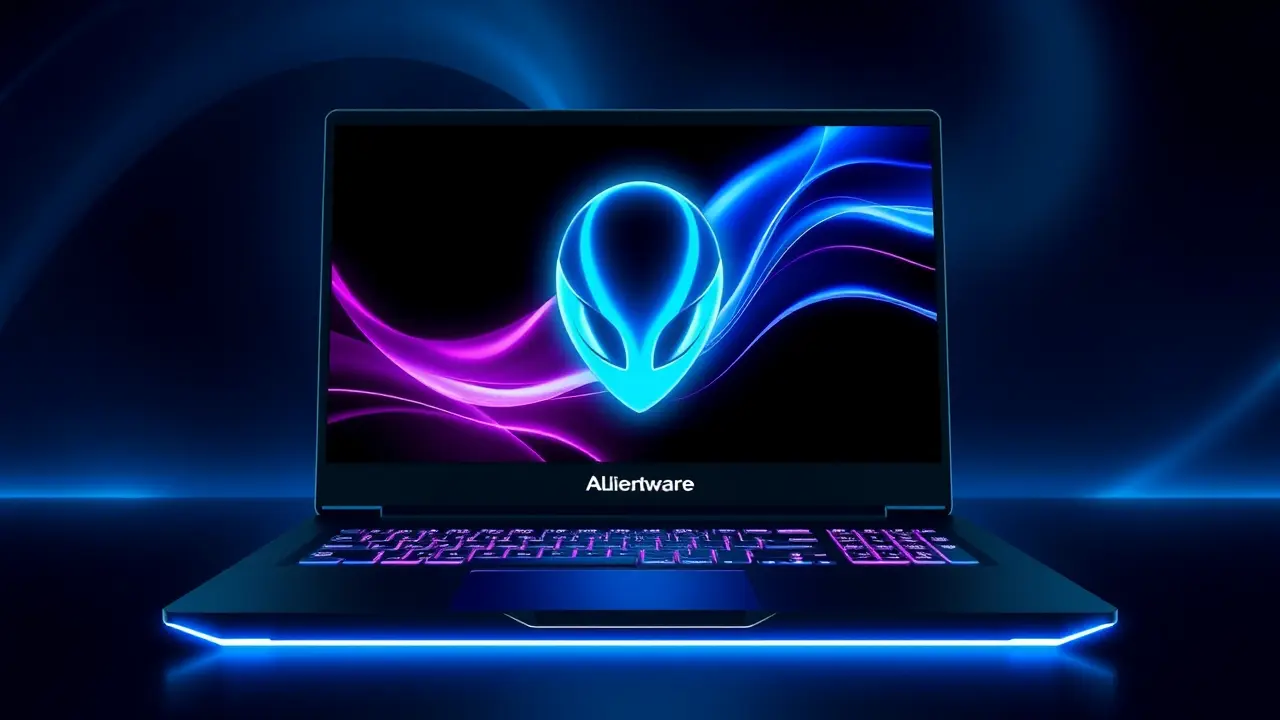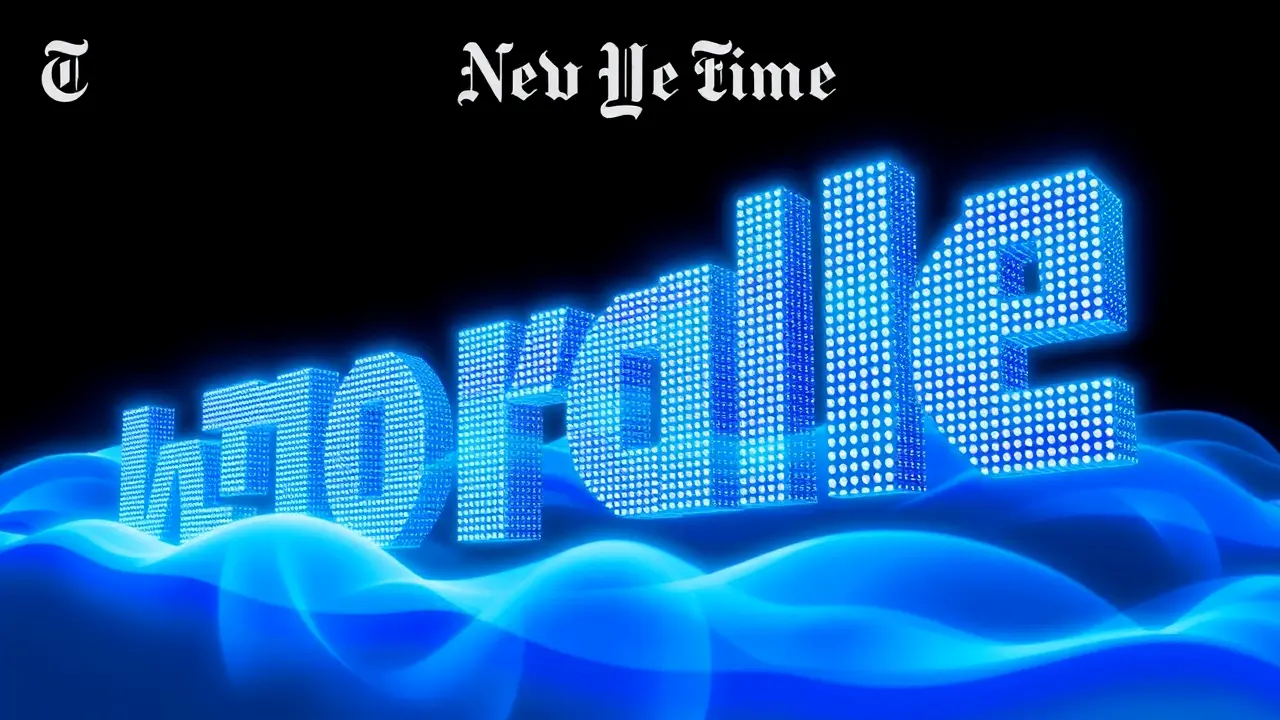
EntertainmentgamingGame Development
NYT allows subscribers to create custom Wordle puzzles.
AN
Andrew Blake
4 hours ago7 min read1 comments
The New York Times, that grand old institution of American journalism, has decided to let its subscribers get their hands dirty with one of its most prized digital possessions: Wordle. It’s a fascinating move, one that speaks volumes about the evolving nature of content ownership and user engagement in the modern media landscape.Remember the frenzy when the Times acquired the simple, elegant word game from its creator, Josh Wardle, back in 2022? It was a bet, a multi-million dollar wager that a daily puzzle could be as sticky as a hard-hitting investigative piece. And it paid off, drawing in millions of new users and becoming a cultural touchstone, the kind of thing discussed at virtual water coolers and family dinner tables alike.Now, with the introduction of a custom puzzle creator for its All Access and Games subscribers, the Times isn't just hosting the game; it's inviting its most dedicated readers into the workshop. This isn't merely a new feature; it's a strategic evolution.Think about it: by allowing users to craft their own challenges—puzzles that can be four to seven letters long, complete with an optional clue—the Times is effectively crowdsourcing content and fostering a deeper, more personal connection with its platform. It transforms the passive act of playing a game into an active, creative endeavor.A subscriber can now engineer a tricky puzzle for a word-nerd friend, create a personalized challenge for a family gathering, or even devise a tormentingly difficult sequence just for the bragging rights. The custom URL for sharing is the key here; it turns a personal creation into a social object, a tiny piece of intellectual property that travels through networks, carrying the New York Times brand with it.The fact that recipients don't need a subscription to play is a masterstroke in user acquisition, a low-friction funnel that could potentially convert casual players into paying customers. This move sits at the intersection of several major trends: the 'gamification' of digital media, the push for higher subscriber retention, and the blurring line between content consumer and content creator.It raises questions, too. What does this mean for the sanctity of the original Wordle experience? Will we see a flood of inside-joke puzzles or branded challenges from companies? How will the Times moderate this new, user-generated dimension to ensure quality and avoid abuse? It’s a seemingly simple update, but it’s layered with implications for the future of how legacy media companies leverage their digital assets to build community and ensure longevity in an attention-starved world. It’s a clever, almost playful way to lock in loyalty, proving that sometimes the best way to keep people engaged is to hand them the keys and let them build something themselves.
#featured
#Wordle
#The New York Times
#custom puzzles
#game creation
#subscription
#mobile apps
Stay Informed. Act Smarter.
Get weekly highlights, major headlines, and expert insights — then put your knowledge to work in our live prediction markets.
Related News
© 2025 Outpoll Service LTD. All rights reserved.
